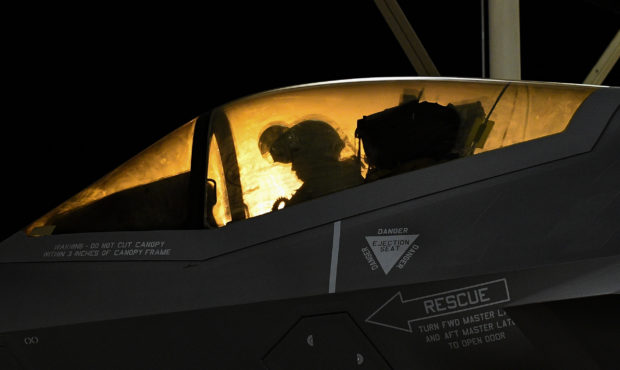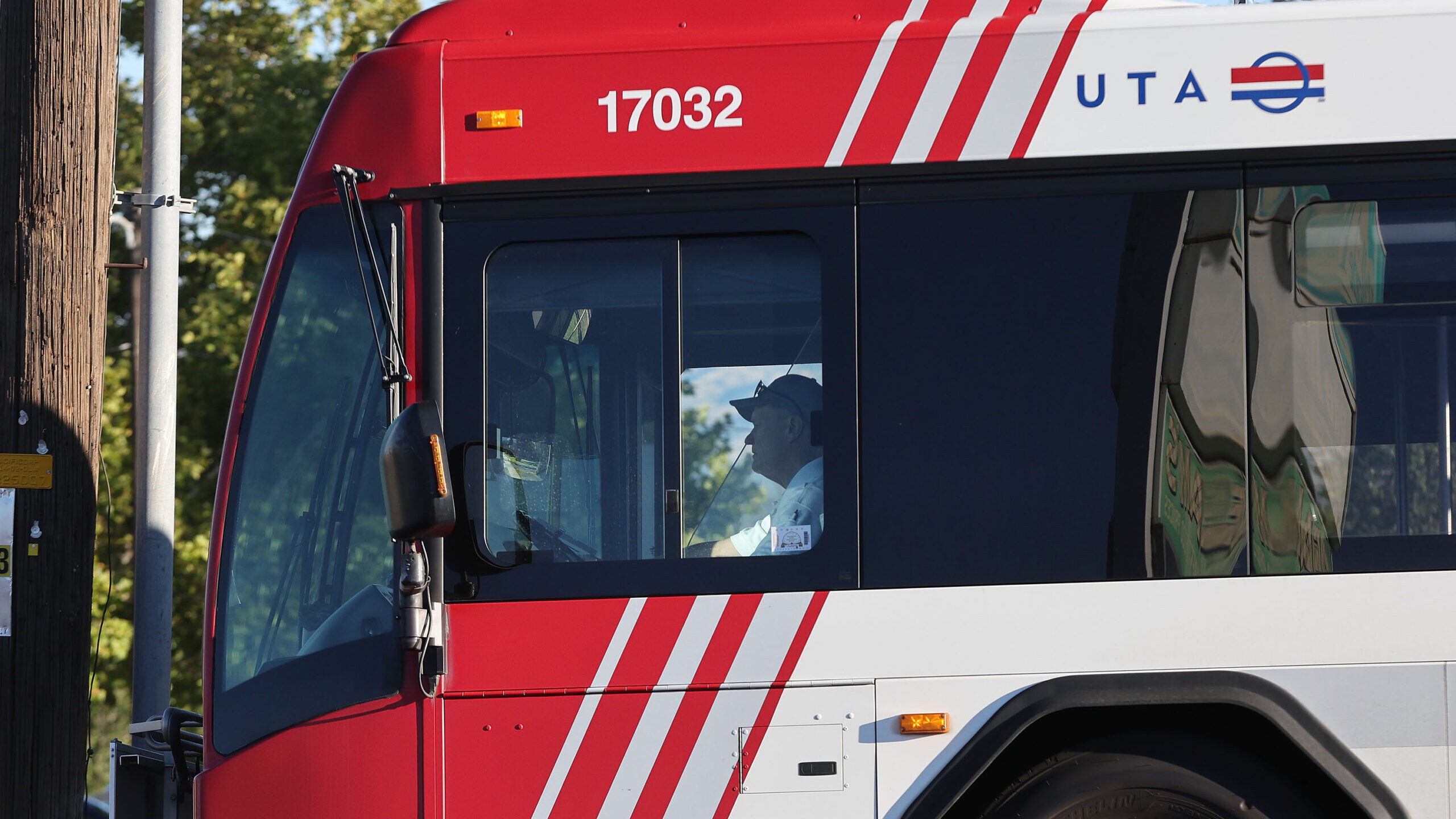CONFIRMED: The noise was a sonic boom, 80 miles from SLC
Jan 26, 2021, 3:31 PM | Updated: Aug 13, 2022, 3:28 pm

A pilot with the 388th Fighter Wing waits prepares to taxi prior to launching on the F-35As first deployment to the Middle East. Airmen in the 388th and 419th Fighter Wings arrived at Al Dhafra Air Base in the United Arab Emirates this week to support the Air Force Central Command mission. (United States Air Force photo by R. Nial Bradshaw)
(United States Air Force photo by R. Nial Bradshaw)
SALT LAKE CITY — The 388th Fighter Wing (the 388th) has confirmed that the boom heard and felt Monday night was, indeed, a sonic boom.
In a series of tweets sent on Tuesday, the unit assigned to Hill Air Force Base said that the loud noise resulted from combat training at the Utah Test and Training Range.
So, we checked, and the sonic boom heard across Northern Utah last night was the result of a combat training sortie over the Utah Test and Training Range. The pilot was flying in accordance with regulations and in airspace approved for supersonic flight.
— 388th Fighter Wing (@388fw) January 26, 2021
The range is located 80 miles west of Salt Lake City, and the 388th says residents can blame the “strong inversion layer” for acting as a “strong signal for greater distances.”
Sonic booms that occur on the range aren’t usually heard/felt across the Wasatch Front. However, if the strong inversion layer from yesterday still existed at the time, energy from the sound wave can get trapped and persist as “a strong signal for greater distances”
— 388th Fighter Wing (@388fw) January 26, 2021
The series of tweets concluded with a message of thanks to Utah residents.
Our basin and range topography can exacerbate the problem.
All of us in the 388th Fighter Wing do our best to be good neighbors, and appreciate the support of all the communities in Northern Utah as we train for our combat mission. #Science #mysterysolved pic.twitter.com/T8CgaYevCJ
— 388th Fighter Wing (@388fw) January 26, 2021
Was that an earthquake?
At around 9:20 p.m. Monday night, seismograph stations maintained by the University of Utah detected some shaking. But the recording showed that the waves rumbling through the Wasatch weren’t another earthquake.
“We’ve heard some reports of people hearing “booms” and feeling shaking along the Wasatch front,” they wrote. “While it was energetic enough to be recorded by our seismometers, the waves are traveling too slowly to be seismic. Aka not an earthquake.”
We’ve heard some reports of people hearing “booms” and feeling shaking along the Wasatch front. While it was energetic enough to be recorded by our seismometers, the waves are traveling too slowly to be seismic. Aka not an earthquake. pic.twitter.com/vrWUwT9HI4
— UUSS (@UUSSquake) January 26, 2021
Along with speculation that the noise came from an earthquake, residents also began to wonder if they were hearing a sonic boom typically caused by F-35s from Hill Air Force Base performing night time combat exercises. Via Tweet, the base confirmed they had started nighttime training.
Starting tomorrow, we’ll be flying later in the evening at @HAFB, with last landings between 9-9:30 p.m until Friday. Not truly late, like the summertime, just a heads up. Here’s a video on why we need to train at night.
https://t.co/jZUNRxtZ6M— 388th Fighter Wing (@388fw) January 24, 2021
“Our mission with the F-35s involves deploying the aircraft quickly to anywhere in the world, and then being ready to employ those aircraft in combat very soon after we arrive in theater,” Lt. Col. Yosef Morris in a video posted by the 388th Fighter Wing. “So that mission may require us to fly at night.”
“As a matter of fact, a way that the aircraft is designed, and many of the missions that we do, we prefer to fly at night in actual combat because it makes us harder to see,” he continued.
That is why Morris says it’s important for the pilots and crews to train at night.
Supersonic Utah
Utah is no stranger to speed, but that doesn’t just apply to the drivers and daredevils from across the world who come to set records at the Bonneville Salt Flats.
Military pilots also have access to the Utah Test and Training Range where supersonic speeds can be reached.
“The UTTR contains the largest block of overland contiguous special use airspace, measured from surface or near surface, within the continental U.S. (207 by 122 nautical miles),” Hill Air Force Base said.
Within that 2,624 square miles pilots can reach supersonic speed and the military can also train for air-to-air-combat, air-to-ground inert and live practice bombing and gunnery training by Department of Defense aircrews. It is also the only place within the continental U.S. where the military can test cruise missiles.













